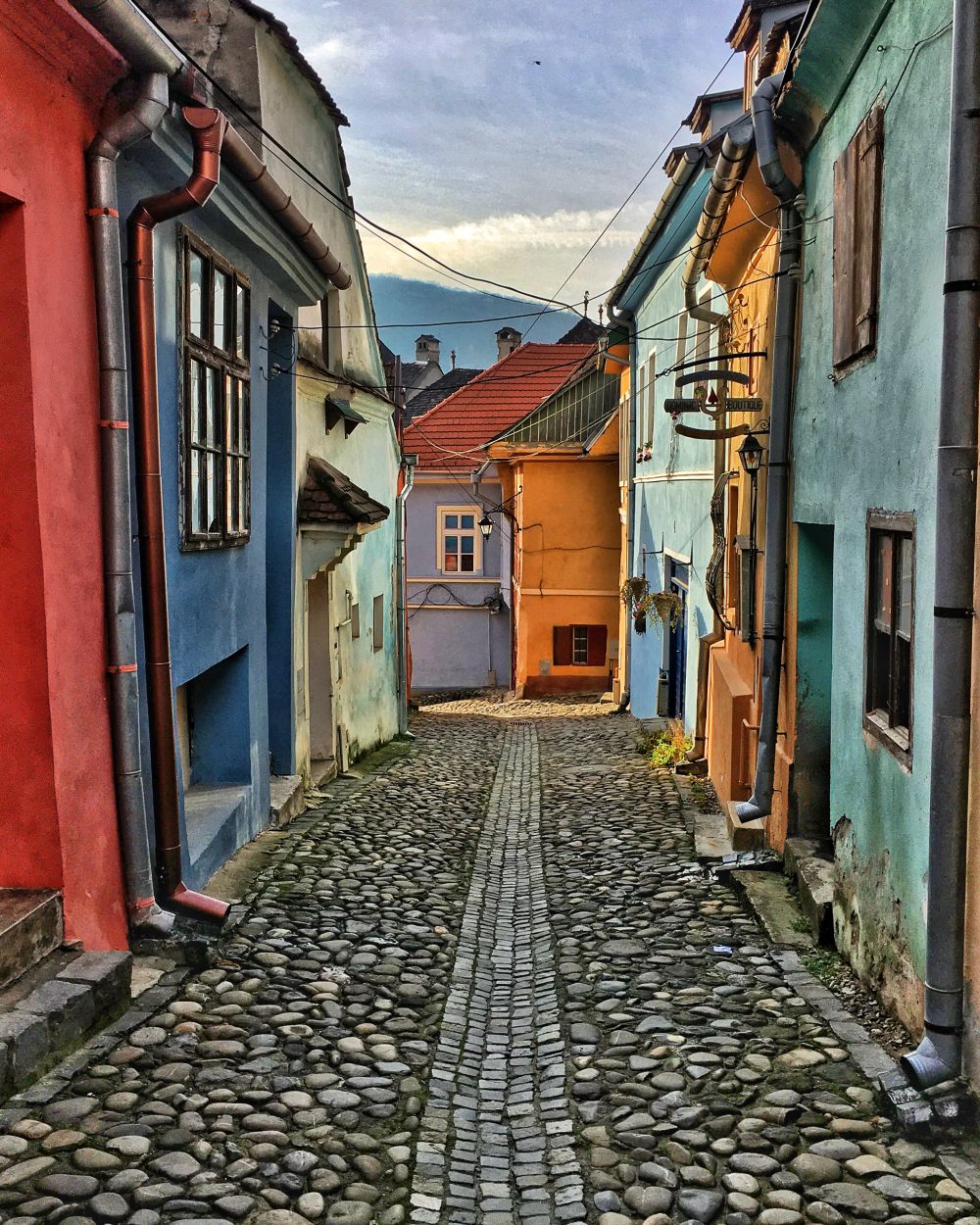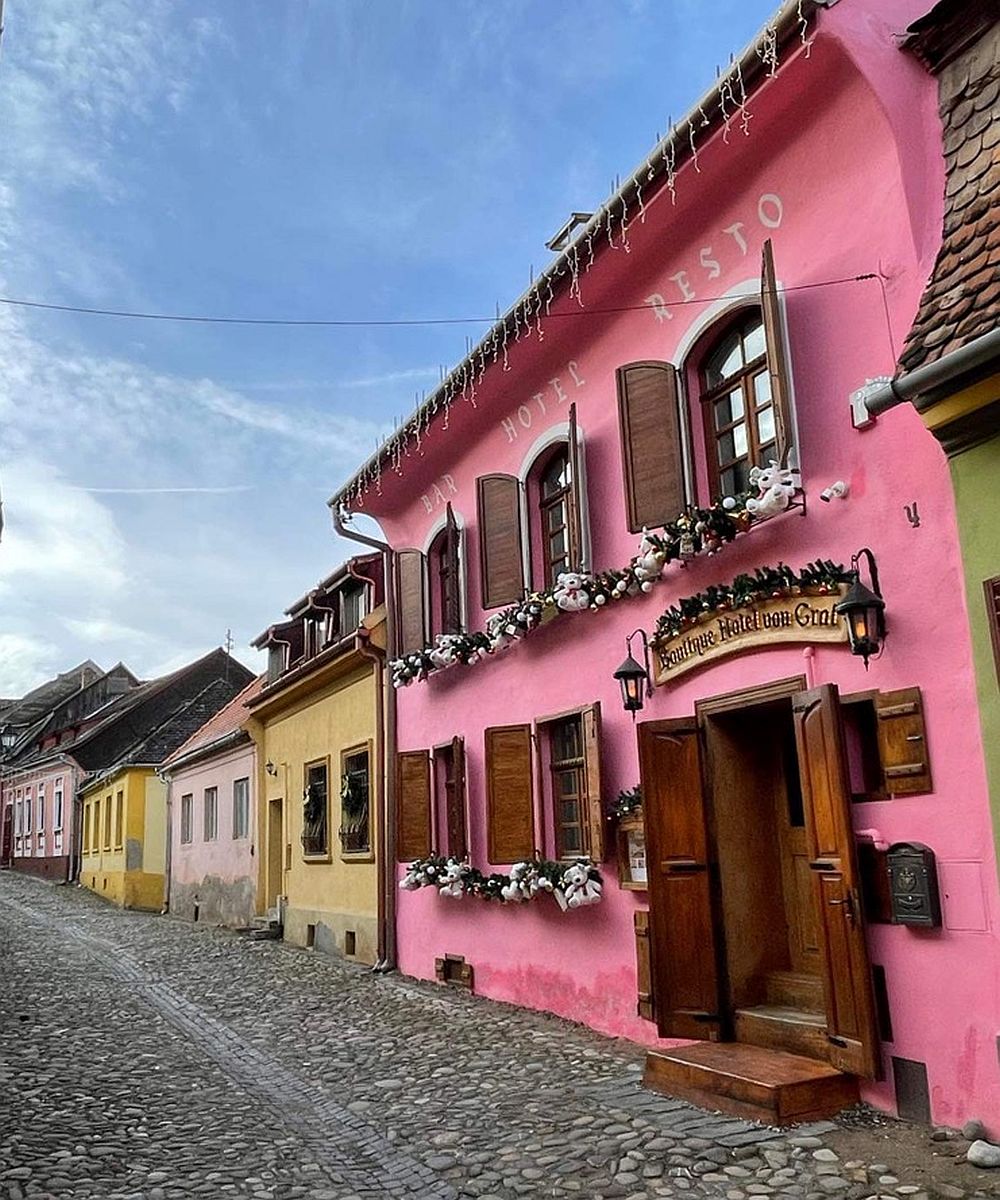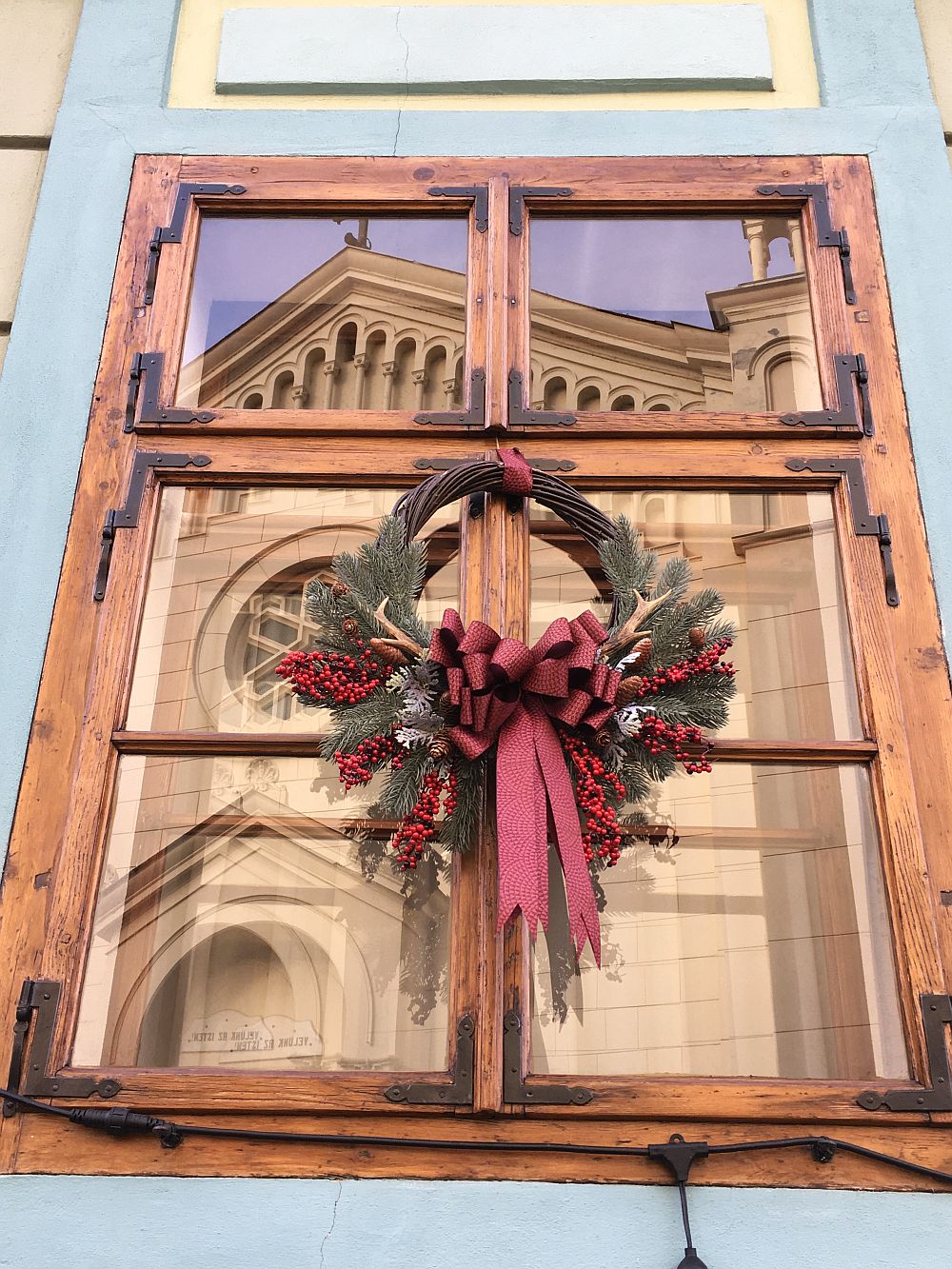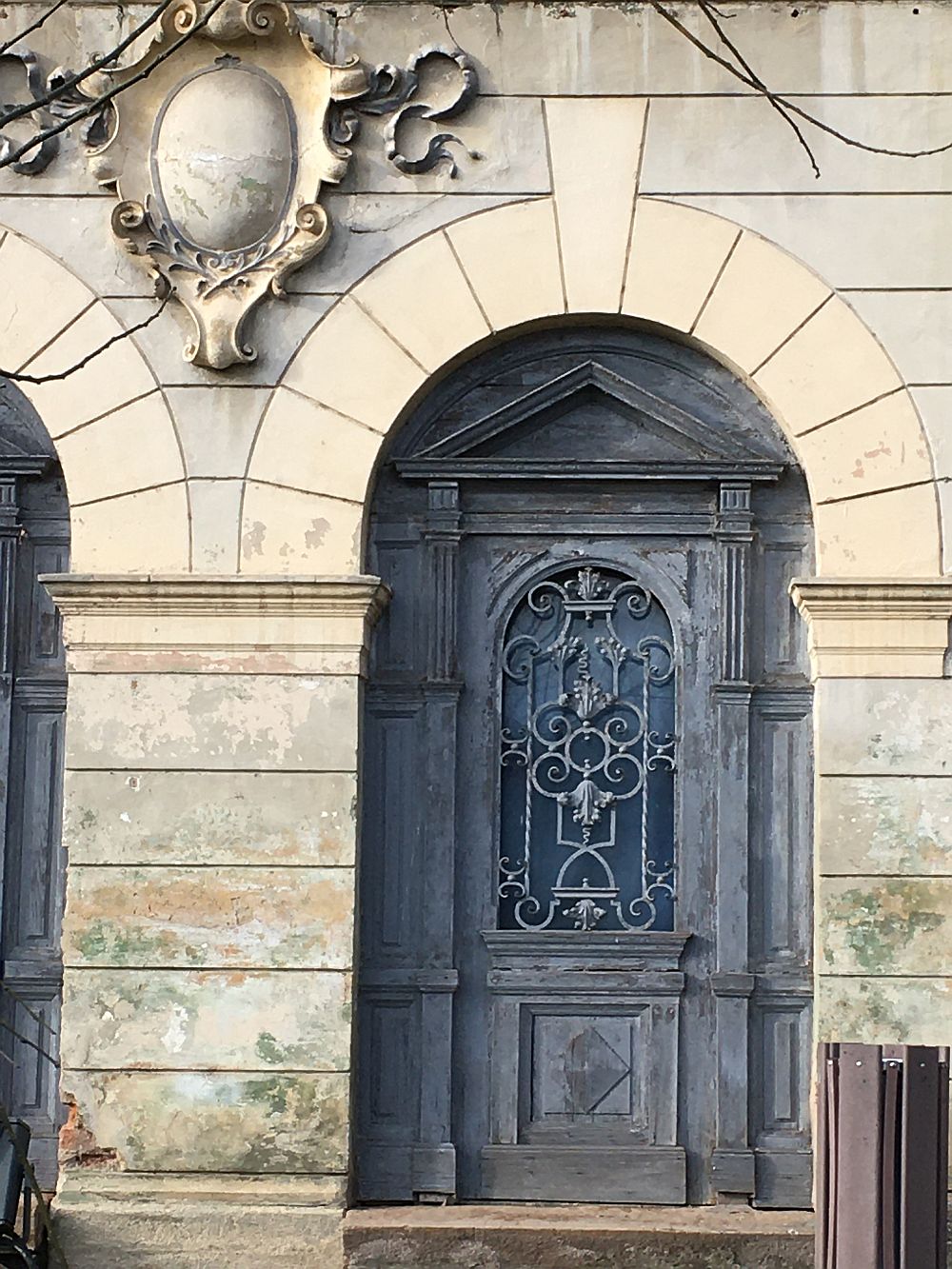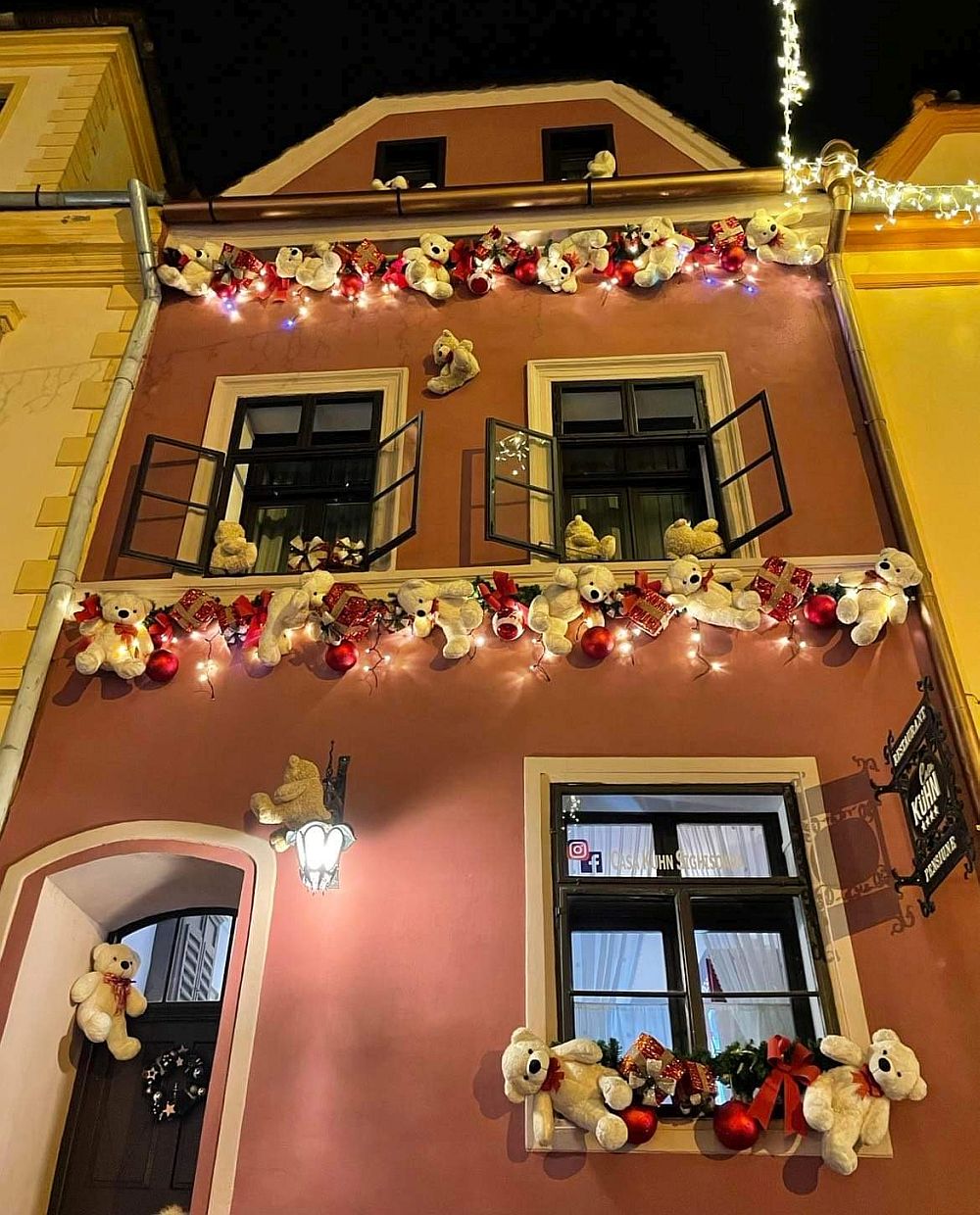Colorat si pitoresc, centrul vechi din Sighisoara te ademeneste pe stradutele pietruite si inguste sa-l strabati si sa-l descoperi, pas cu pas, intr-un labirint ce urca pentru ca apoi sa coboare si pe parcurs iti scoate in cale o multime de pisici, care ies agale la plimbare din case, pe sub portile masive de lemn, unde locuiesc impreuna cu oamenii lor.
Centrul vechi al orasului este, de fapt, Cetatea Medievala a Sighisoarei, aceasta fiind cea mai mare cetate medievala din Europa locuita fara intrerupere. Totodata, face parte din Patrimoniul Mondial UNESCO incepand cu anul 1999.
Originile Sighișoarei datează insa din epoca daco-romană. În secolul al XII-lea, sașii transilvăneni au construit o cetate nouă care a fost numită Schäßburg (Sighișoara), ce rămâne unul dintre cele mai frumoase și mai bine conservate orașe medievale din Europa. Desemnată ca sit al Patrimoniului Mondial de UNESCO, această bijuterie pastrata aproape intactă din secolul al XVI-lea, cu nouă turnuri, străzi pietruite, case burgheze și biserici ornate rivalizează cu străzile istorice din Praga Veche sau Viena prin magia pe care o creeaza.
Este și locul de naștere al lui Vlad Țepeș, conducător al Țarii Românesti din 1456 până în 1462, casa lui fiind doar una dintre numeroasele atracții de aici. Printre altele se numără Biserica de pe Deal cu frescele sale vechi de 500 de ani, Casa Venețiană din secolul al XIII-lea și Biserica Mănăstirii Dominicanelor, cunoscută pentru altarul renascentist sculptat, amvonul baroc, covoarele orientale și orga din secolul al XVII-lea.
În secolele al XIV-lea și al XV-lea, creșterea economică datorata meșteșugarilor și meseriașilor harnici ai Sighișoarei a asigurat mijloacele financiare pentru construirea unui puternic sistem de apărare prevăzut cu 14 turnuri și mai multe bastioane cu tunuri îndreptate către toate cele patru puncte cardinale. Fiecare turn a fost construit, întreținut și apărat de o breaslă meșteșugărească. Dintre acestea ies in evidenta Turnul Cizmarilor, Turnul Fierarilor, dar si Turnul Croitorilor sau Turnul Cojocarilor.
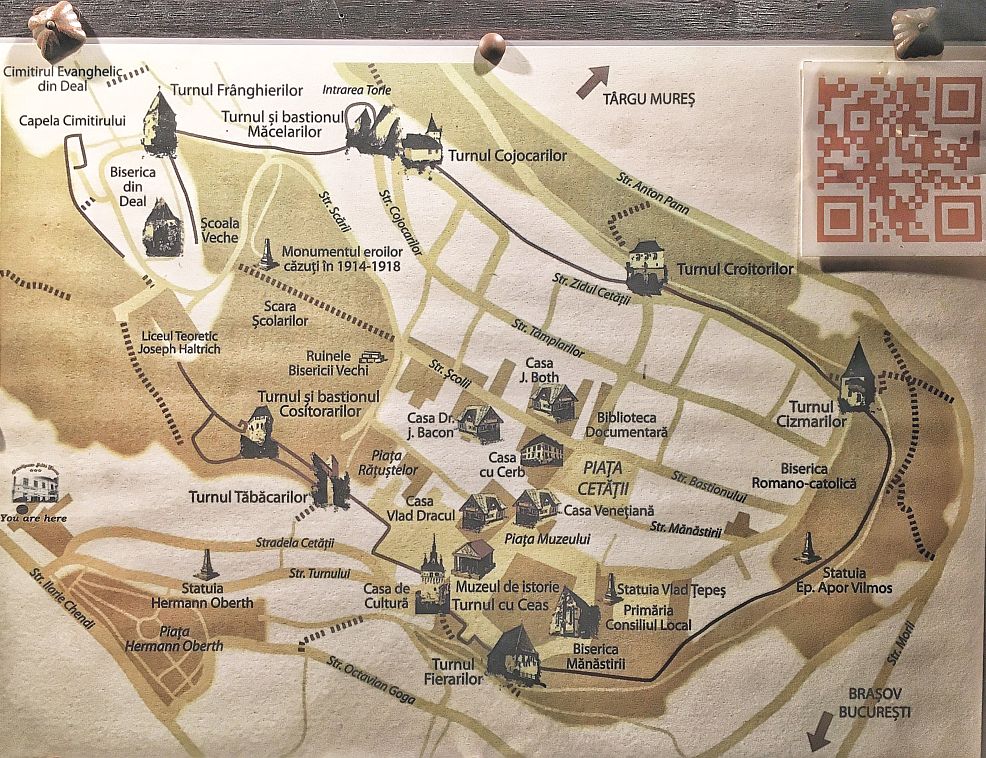

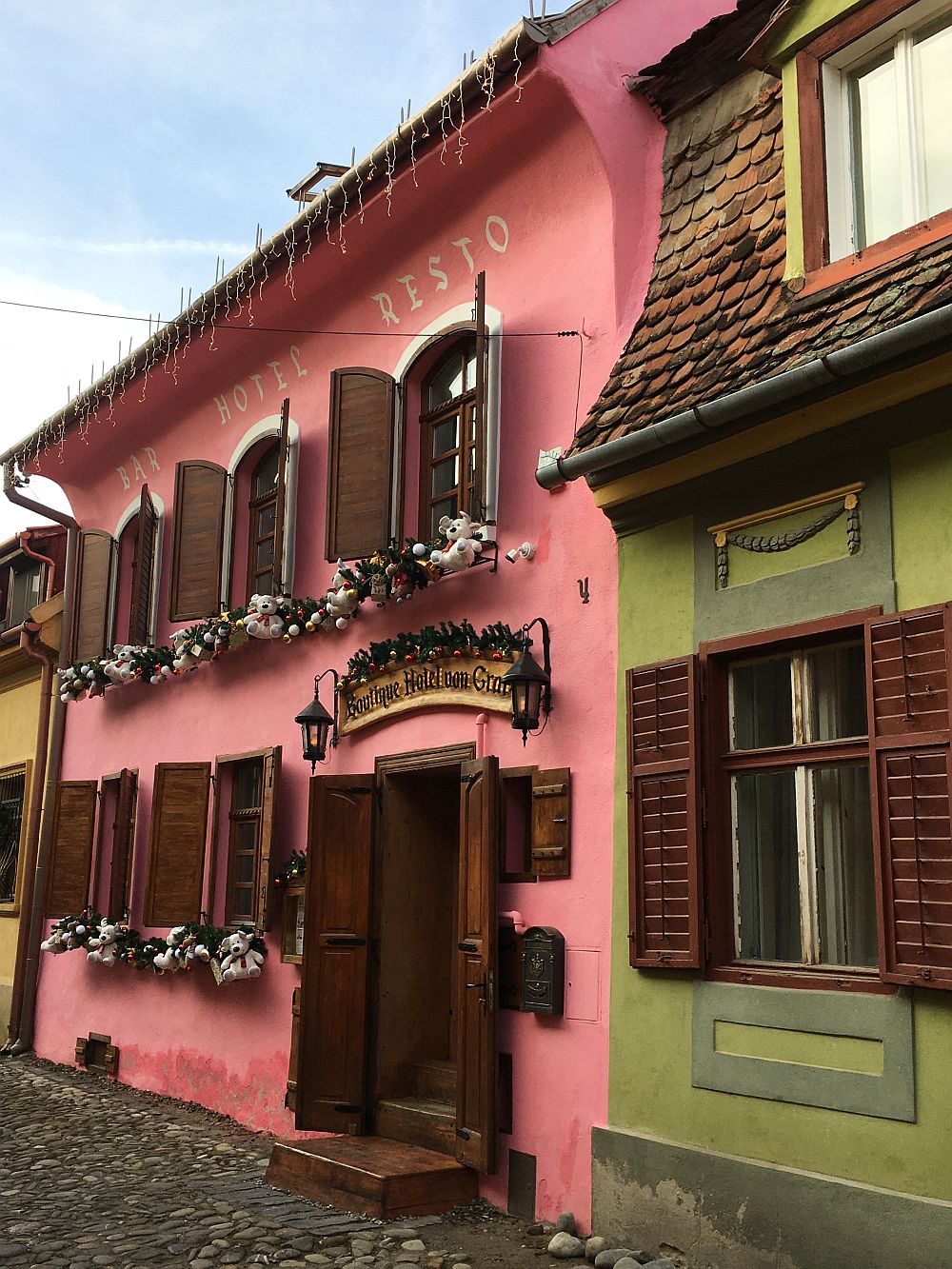



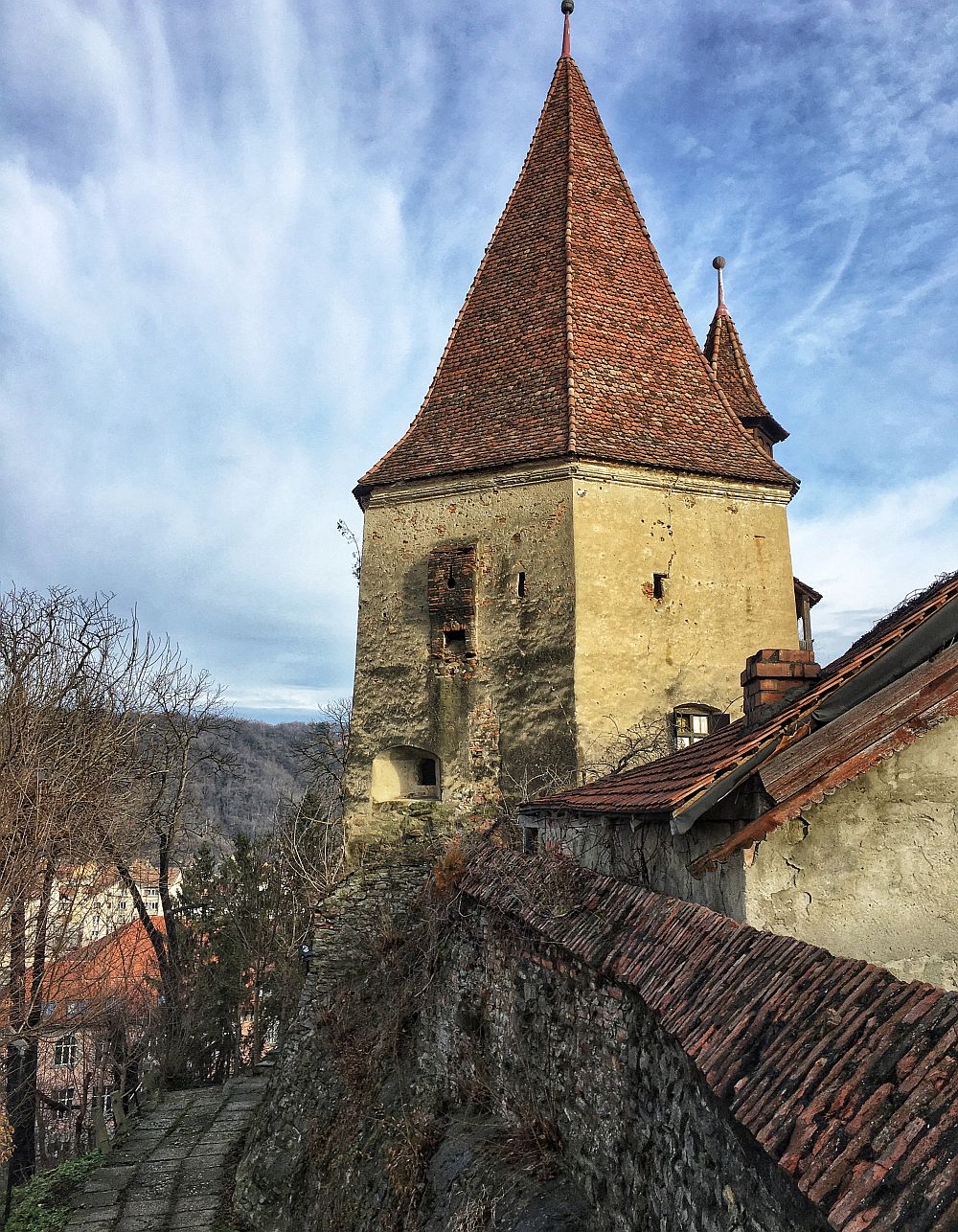

 Cel mai impozant este insa Turnul cu Ceas, ce dateaza din secolul al XIV-lea. Situat chiar la intrarea in cetate, cu scop de aparare in vremurile medievale, are o inaltime de 64 metri. Poate fi vizitat, ocazie cu care se poate vedea si muzeul de istorie din interiorul lui, iar sus, din varful turnului veti descoperi o superba panorama a orasului.
Cel mai impozant este insa Turnul cu Ceas, ce dateaza din secolul al XIV-lea. Situat chiar la intrarea in cetate, cu scop de aparare in vremurile medievale, are o inaltime de 64 metri. Poate fi vizitat, ocazie cu care se poate vedea si muzeul de istorie din interiorul lui, iar sus, din varful turnului veti descoperi o superba panorama a orasului.
Scara acoperita sau Scara Scolarilor, care are 175 de trepte si a fost construita in anul 1654 pentru a-i ajuta pe elevi sa ajunga mai usor la Scoala din Deal este inca una dintre surprizele pe care le veti descoperi daca va plimbati pe indelete prin centrul vechi.
Sighisoara este o escapada perfecta pentru cateva zile sau un weekend, un city break reusit, presarat cu istorie, arhitectura, culoare, cafenele cochete cu cafea buna si multe restaurante in care am savurat mancaruri delicioase, cu ingrediente locale, dupa retete traditionale sau reinterpretate smart de Chefi priceputi.
English version:
Colorful and picturesque, the old center of Sighisoara entices you on the cobbled and narrow streets to cross it and discover it, step by step, in an ascending labyrinth and then descend and along the way you get a lot of cats, who walk leisurely out of the houses, under the massive wooden gates, where they live with their people.
The old center of the city is, in fact, the Medieval Fortress of Sighisoara, this being the largest medieval fortress in Europe inhabited without interruption. It has also been a UNESCO World Heritage Site since 1999.
However, the origins of Sighisoara date back to the Daco-Roman era. In the 12th century, the Transylvanian Saxons built a new fortress called Schäßburg (Sighișoara), which remains one of the most beautiful and best preserved medieval cities in Europe. Designated as a UNESCO World Heritage Site, this jewel, preserved almost intact from the 16th century, with nine towers, cobbled streets, bourgeois houses and ornate churches, rivals the historic streets of Old Prague or Vienna for the magic it creates.
It is also the birthplace of Vlad Țepeș, ruler of Wallachia from 1456 to 1462, his house being just one of the many attractions here. Among them are the Church on the Hill with its 500-year-old frescoes, the 13th-century Venetian House and the Dominican Monastery Church, known for its carved Renaissance altar, Baroque pulpit, oriental carpets and 17th-century organ.
In the 14th and 15th centuries, the economic growth due to the industrious craftsmen and craftsmen of Sighisoara provided the financial means for the construction of a strong defense system with 14 towers and several bastions with cannons aimed at all four cardinal points. Each tower was built, maintained and defended by a craft guild. Of these, the Shoemaker’s Tower and the Blacksmith’s Tower stand out now, which can be admired up close.
The most imposing, however, is the Clock Tower, which dates from the 14th century. Located right at the entrance to the fortress, for the purpose of defense in medieval times, it has a height of 64 meters. It can be visited, on which occasion you can see the history museum inside, and above, from the top of the tower you will discover a beautiful panorama of the city.
The covered staircase or School Staircase, which has 175 steps and was built in 1654 to help students get to the Hill School more easily, is another surprise you will discover if you walk leisurely through the old center.
Sighisoara is a perfect getaway for a few days or a weekend, a successful city break, sprinkled with history, architecture, color, chic cafes with good coffee and many restaurants where we enjoyed delicious food with local ingredients, according to traditional recipes or reinterpreted smart by skilled Chefs.
Photo credits: personal archive Ruxandra Chiurtu


